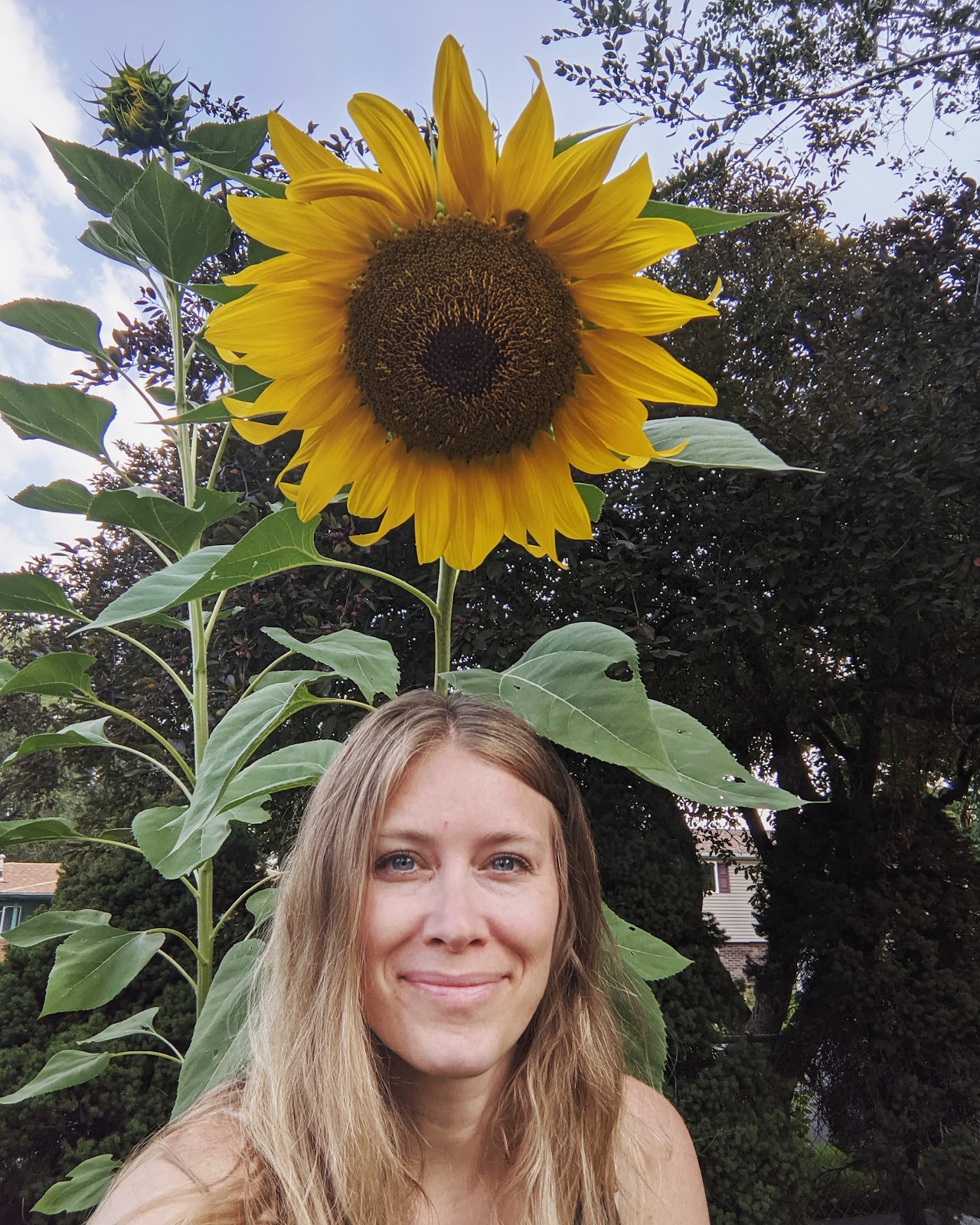January is a low-key month for gardeners. Typically if you're in Zone 6 or 7, there will be snow on the ground or hard freeze conditions all month long. Your garden should be dormant by now.
MAP OUT THIS YEAR'S GARDEN
This month, focus on planning your garden for the year. It helps to draw up your garden and map planting locations out so come planting time, you're not haphazardly throwing seeds down and ending up without space for everything you want to grow. Think of how much you want to grow, and how much space you have, so you know what will be growing when and where. I like to use posts that other gardeners have created as a rule of thumb for how much to grow. You can upsize these or downsize these depending on how many people you have, and what you actually know you'll eat.Here are a few good ones:
+ Morning Chores' Vegetable Planting Calculator and Garden Size Calculator
+ The Spruce's Guide for How Many Vegetables to Grow
+ Garden Betty's Guide for How Much to Grow
It also helps to track where your light will be at certain times of the year. Veggies typically need a lot of sun to grow, so, you'll want to make sure your sunny-in-winter yard, isn't shaded by the trees when the sun is higher in the sky in summertime. And, lastly, make sure you'll have access to water in your garden. Determine if you need to create a watering system, water by hand, or controlled by your sprinkler system.
ORDER SEEDS
If you need to order seeds, or bare root plants, check out several seed shops online. Some of the largest selections come from Burpee, Botanical Interests, Baker Creek or Ferry Morse. You can also find seed racks popping up this month in garden, grocery, and home supply stores. Usually the selections in-store are small right now, but next month the selections will be MUCH better. There are tons of other seed stores out there, and local ones to your area are likely to be great options for you as well. Just hit up Google and see what you can find. Don't forget to order/pick up your seeds early, most distributors run out quickly, so you don't want to miss out on the seeds you want, especially for rare varieties!KEEP HEAVY SNOW OFF PLANTS
Monitor the snow levels in your yard, and if you see heavy snow bending branches of your trees or shrubs, knock or shake it off to avoid any breakage. Also, avoid sprinkling rock salt near your plants as it can be slightly toxic to them. When shoveling snow, if possible, avoid piling it up on the grass, especially in shady areas. The deeper densely packed snow drifts will take longer to melt, and can kill your grass underneath.FEED THE BIRDS
Birds are looking for food this month, so if you can, put out birdseed and water for them. They love to forage on leftover seeds from sunflowers or other flowers that are spent, so, if you avoid deadheading at the end of fall, they will be able to forage all winter. They also love the crab apples and other small fruits left on the trees from the earlier seasons.TAKE CARE OF HOUSEPLANTS
House plants can dry out very quickly when furnaces are running. The hot forced air tends to dry out the air in our homes. Group your plants together to increase humidity levels and consider misting them or showering them in the tub to simulate their rainforest conditions. They will be very happy you did!Lastly, relax and enjoy this low-key month. You earned it!







Join the conversation!
Thanks for stopping by The Joy Blog! I hope you like what you have seen so far. Feel free to share your thoughts or questions in the comments. I try to respond to almost every single comment.